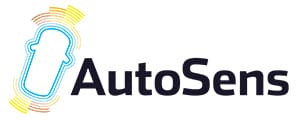KEYNOTE – New Camera Quality Measurements for Optimizing Machine Vision Systems

USA
- Wednesday 22nd May
- 10:00am EDT
- Main Stage
Keynote
We describe information capacity measurements, which can be derived from slanted edge, Siemens star, and dead leaves images (focusing on slanted edges), and why they should be used to qualify cameras for machine vision systems.
Then we describe two key metrics, closely related to information capacity, that are superior to standard sharpness (MTF or SFR) and noise measurements for characterizing camera performance.
− object detection (SNRi), and
− object location (closely related to edge detection).
We also discuss several topics related to information metrics, including
− the effects of image processing (raw, minimal, uniform, nonuniform processing)
− how to design electronic filters, called matched filters, for optimizing the key metrics,
− why excessive sharpening (which may look good for human vision) can be harmful for machine vision,
− an approach to measuring information capacity for contrast-limited patterns (typically 4:1 or 60% Michelson contrast) over a wide range of exposures, down to dim light.


